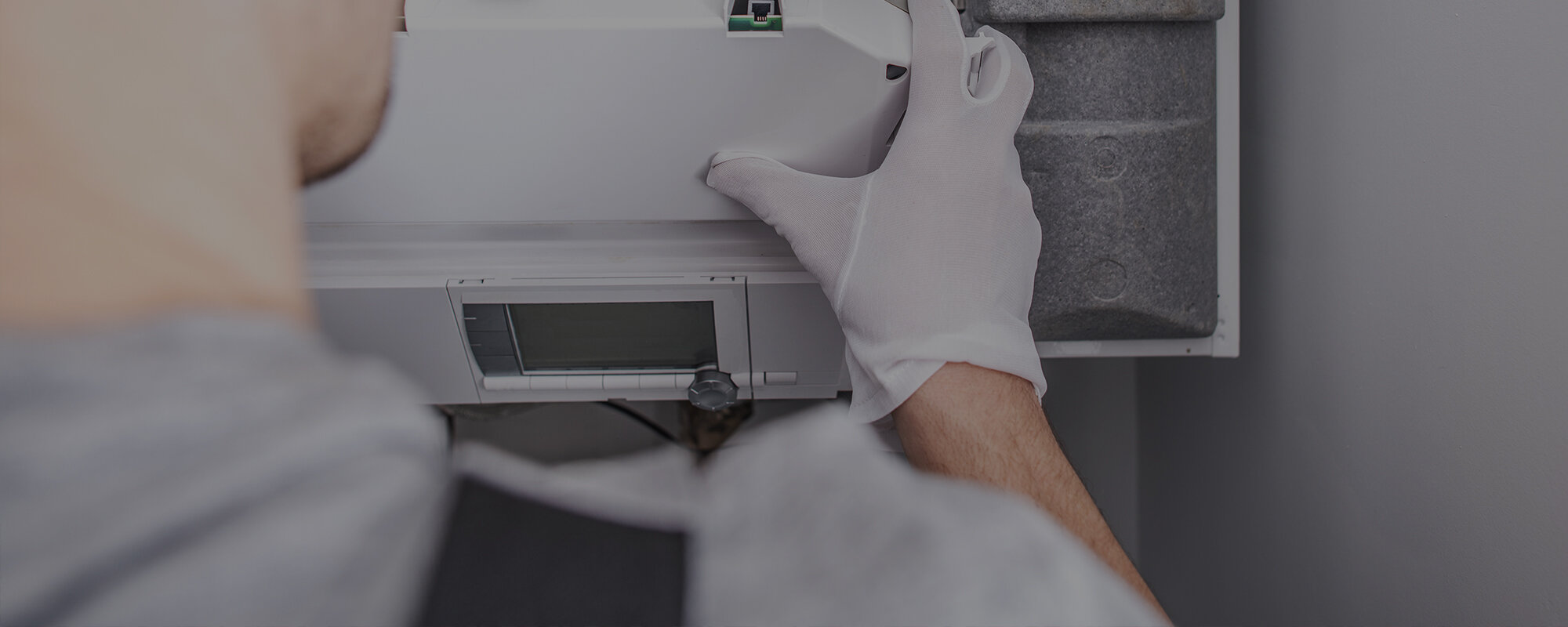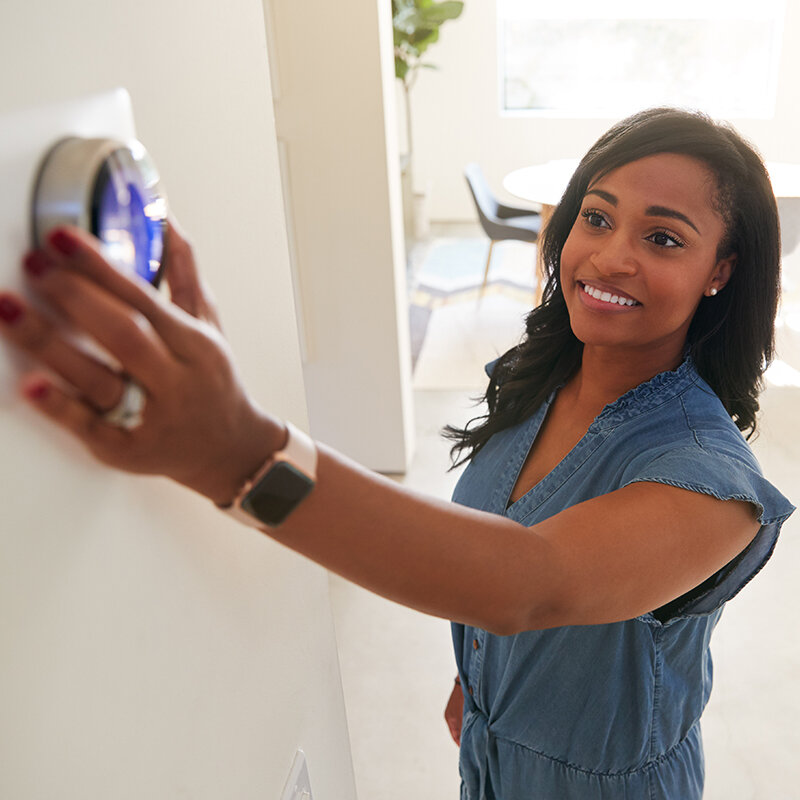
Combi Boiler & Central Heating Installation

Why modern boilers?
Heating accounts for about 60 per cent of what you spend in a year on energy bills, so an efficient boiler makes a big difference.
Modern boilers are more efficient for several reasons, but their main advantage is that they are all condensing boilers. All well-maintained boilers burn their fuel very efficiently, but they inevitably lose some heat in the hot gases that escape up the flue. A condensing boiler has a larger heat exchanger, so it recovers more heat, sends cooler gases up the flue and is more efficient.
Sometimes the flue gases get so cool that the water vapour in the gas condenses out, hence the name, and even more energy is recovered from the condensing vapour.
If it is time to change your boiler, you need to decide what type of boiler is right for you. Here are some things to consider.
Considering which boiler type to use
Most old gas and oil boilers are regular boilers that have a separate hot water cylinder to store hot water, rather than providing it directly from the boiler. When you replace your boiler you can buy a new regular boiler, and keep your hot water cylinder, or buy a combi boiler that doesn’t need a cylinder.
A regular boiler is more efficient than a combi at producing hot water in the first place, but then some heat is lost from the hot water cylinder, so a combi may be more efficient overall. Which is better for you will depend on different things:
Your hot water usage
Large families using lots of hot water are likely to be better off with a regular boiler, whereas smaller households using less may be better off with a combi boiler.
Space in your home
Combi boilers don’t need hot water cylinders, and therefore require less space in your home.
Compatibility with solar water heating
If you’re thinking of installing solar water heating, it’s worth noting that many combi boilers are not compatible with this heating system or cannot use it so effectively.
Considering which fuel type to use
If you have mains gas, a gas boiler is likely to be the cheapest heating option. Our fuel prices as of May 2017 suggest that oil heating is currently a cheaper option, however historically oil heating has been more expensive.
If you don’t have a gas supply to your home, it might be worth considering a form of low carbon heating such as a heat pump or biomass. With the renewable heat incentive these may be cheaper overall.
Alternatively you may want to get a gas connection to your home. The company that owns and operates the gas network in your area may be able to help with the cost of getting a new connection, and it may even be fully funded. Contact Energy Networks Association for further information.
Costs and savings for boiler replacement
How much money you could save each year will depend on how old and inefficient your existing boiler is and the fuel your boiler uses. Below are some examples of potential savings for a home heated by gas central heating.
Upgrading an old gas boiler with a programmer and room thermostat, with a new A-rated condensing boiler with a programmer, room thermostat and thermostatic radiator controls (TRVs) could save you.
These are estimated figures based on installing a new A-rated condensing boiler with a programmer, room thermostat and thermostatic radiator controls (TRVs) in a gas-heated home from an older boiler with a programmer and room thermostat. Savings will vary depending on the size and thermal performance of your home. Figures are based on fuel prices as of April 2017. **Source: Energy Saving Trust, 2017.
Mid-floor flat
G (<70%) £100
F (70-74%) £70
E (74-78%) £60
D (78-82%) £55
Detached bungalow
G (<70%) £165
F (70-74%) £100
E (74-78%) £95
D (78-82%) £85
Semi-detached house
G (<70%) £210
F (70-74%) £145
E (74-78%) £125
D (78-82%) £110
Mid-terrace house
G (<70%) £180
F (70-74%) £125
E (74-78%) £105
D (78-82%) £100
Detached house
G (<70%) £320
F (70-74%) £220
E (74-78%) £190
D (78-82%) £170



